Breathing is the most fundamental act of life, yet for premature babies, it can be their biggest battle. Scientists have now taken a giant leap toward solving this problem by uncovering how lung tissue heals and regenerates. A research team at Vanderbilt University and Vanderbilt University Medical Center has successfully created three-dimensional video images of mouse lung tissue grown in a lab, marking a huge step in lung development and repair studies.
This research does not just stop at observation it holds immense potential to revolutionize the treatment of life-threatening lung diseases, especially in infants born months before full-term. The key to saving thousands of premature babies might lie in understanding how lung tissues recover from damage and regenerate.
Using advanced four-dimensional microscopy, researchers have been able to track the development of lung tissues in real time. This imaging method captures the intricate cellular movements that eventually shape the lung into a highly efficient organ capable of gas exchange.
Dr. Jennifer Sucre, a leading expert in Paediatrics and Cell and Developmental Biology, has described this achievement as a crucial step in understanding lung formation. With this knowledge, scientists can explore ways to heal and even regrow lung tissue after severe damage.
One of the primary focuses of this study is Bronchopulmonary Dysplasia (BPD), a condition that affects nearly half of all extremely premature infants. These babies require oxygen therapy and mechanical ventilation to help them survive, but prolonged exposure to oxygen can also harm their fragile lung tissues. The new research provides a pathway to developing treatments that could repair this damage naturally.
What Makes Mice Special?
The study draws inspiration from an unexpected source, mice. These small creatures possess an extraordinary ability to repair lung tissue, something that could be life-changing if replicated in humans. Dr. Sucre, who leads the Biodevelopmental Origins of Lung Disease (BOLD) Center at Vanderbilt, hopes to transfer this natural ability to premature babies, giving them a fighting chance to develop healthy lungs.
Nick Negretti, a senior postdoctoral fellow and co-leader of the research, emphasizes that decoding the process of lung formation in mice can serve as a blueprint for human lung regeneration. If scientists can map out the exact mechanisms that allow lung tissue to grow and repair itself, they can work toward creating treatments that harness these same biological processes.
For premature infants with BPD, oxygen therapy is a necessity, but it comes at a cost. While oxygen is essential for survival, excessive exposure can lead to long-term lung damage, making it a double-edged sword. The delicate balance between providing enough oxygen for survival and minimizing damage has long been a challenge for neonatologists.
This latest discovery could help bridge that gap. By identifying the specific molecules and pathways involved in lung tissue repair, scientists could develop drugs that enhance the body’s natural ability to heal, reducing the harmful effects of oxygen therapy.
This research is more than just a scientific breakthrough; it is a ray of hope for millions of families. If scientists can successfully apply this knowledge to humans, the medical world could witness a revolutionary shift in how lung diseases are treated.
Imagine a future where lung damage is no longer a permanent condition where treatments exist to regrow lung tissues, offering patients a second chance at life. The implications of this discovery extend beyond premature babies; it could lead the way for treatments for chronic lung diseases like COPD, pulmonary fibrosis, and severe asthma.
With ongoing advancements in biomedical research, the dream of regenerating human lung tissue is moving closer to reality. Scientists are now focusing on identifying potential drugs that could stimulate lung repair in humans, much like in mice.
For parents of premature babies, this research brings renewed hope. It suggests that in the near future, medical interventions might not just help preemies survive but also thrive with fully functional lungs.
The ability to heal or regrow damaged lungs may have once seemed like science fiction, but thanks to studies like this, it is now within reach. This research is a testament to the incredible progress in medical science and its potential to save countless lives.
As scientists continue to unlock the secrets of lung regeneration, one thing is clear that the future of neonatal care and respiratory medicine is on the brink of a major transformation.

 The ability to heal or regrow damaged lungs may have once seemed like science fiction, but thanks to studies like this, it is now within reach.
The ability to heal or regrow damaged lungs may have once seemed like science fiction, but thanks to studies like this, it is now within reach.





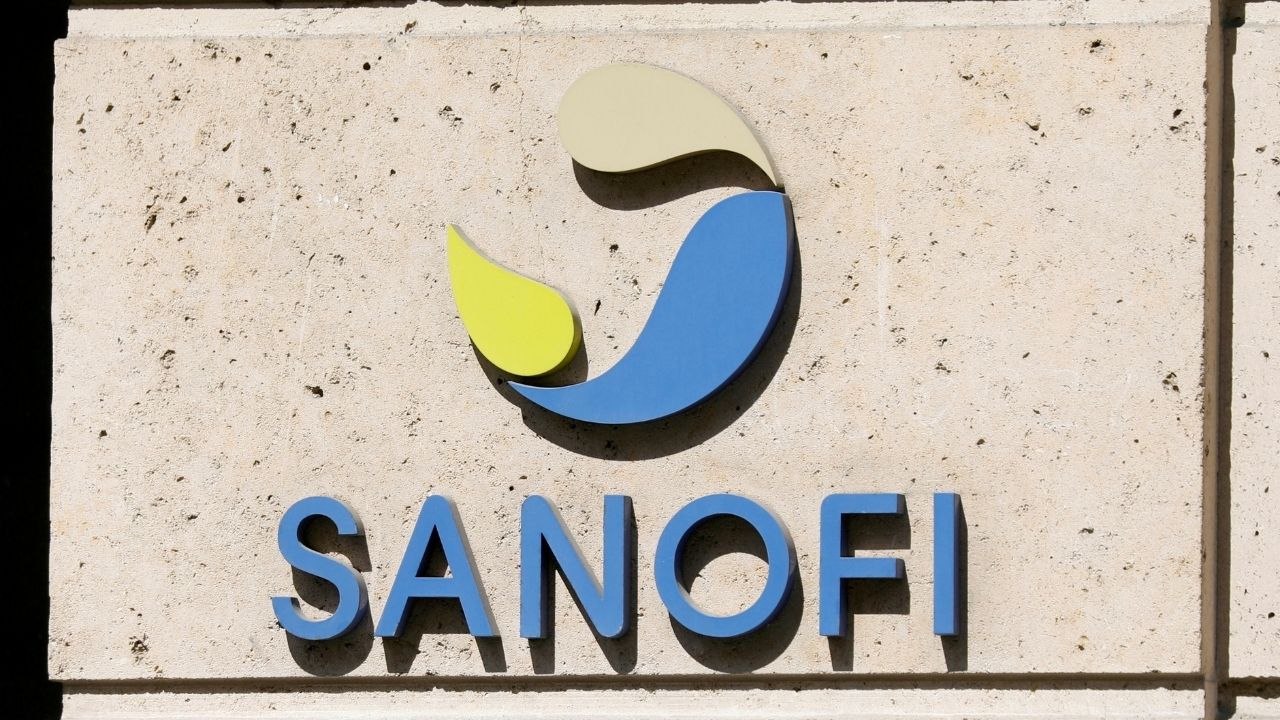
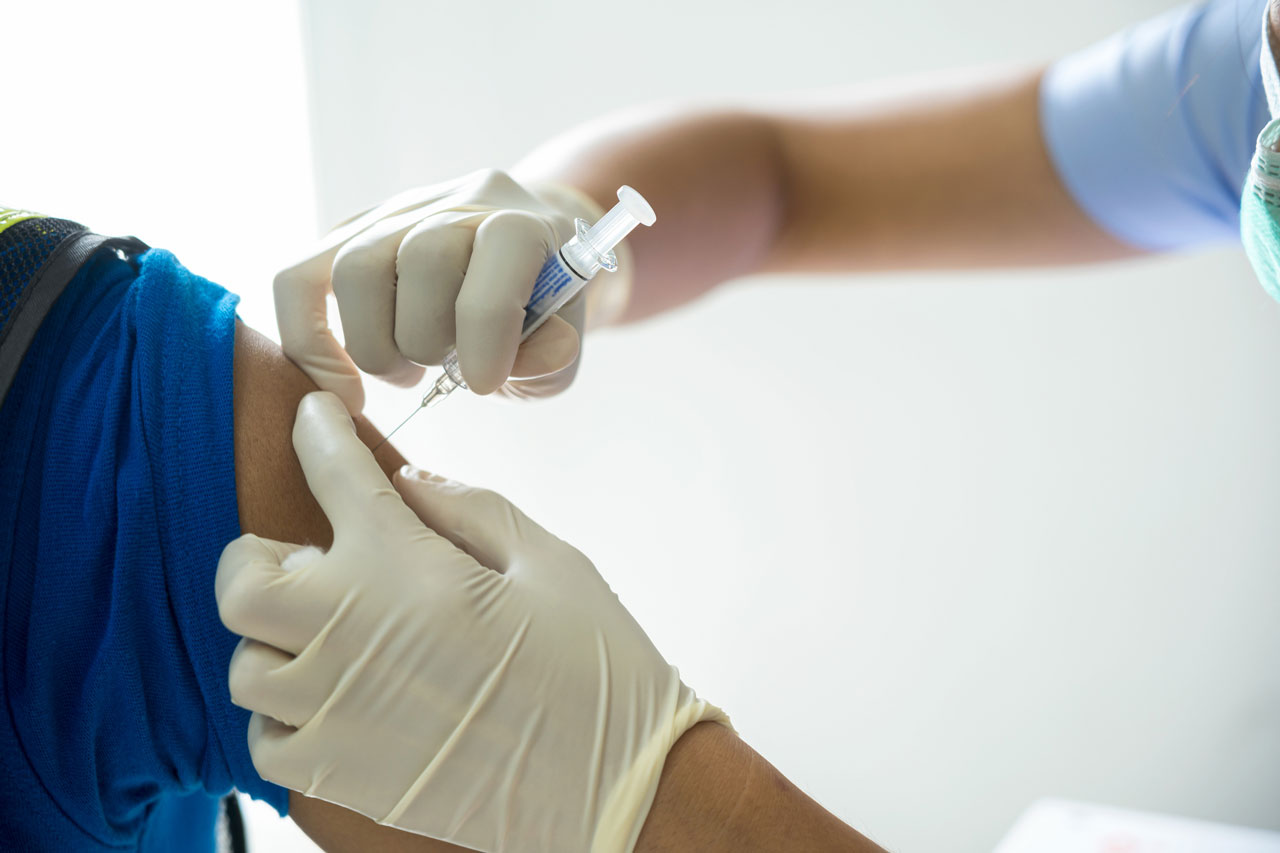
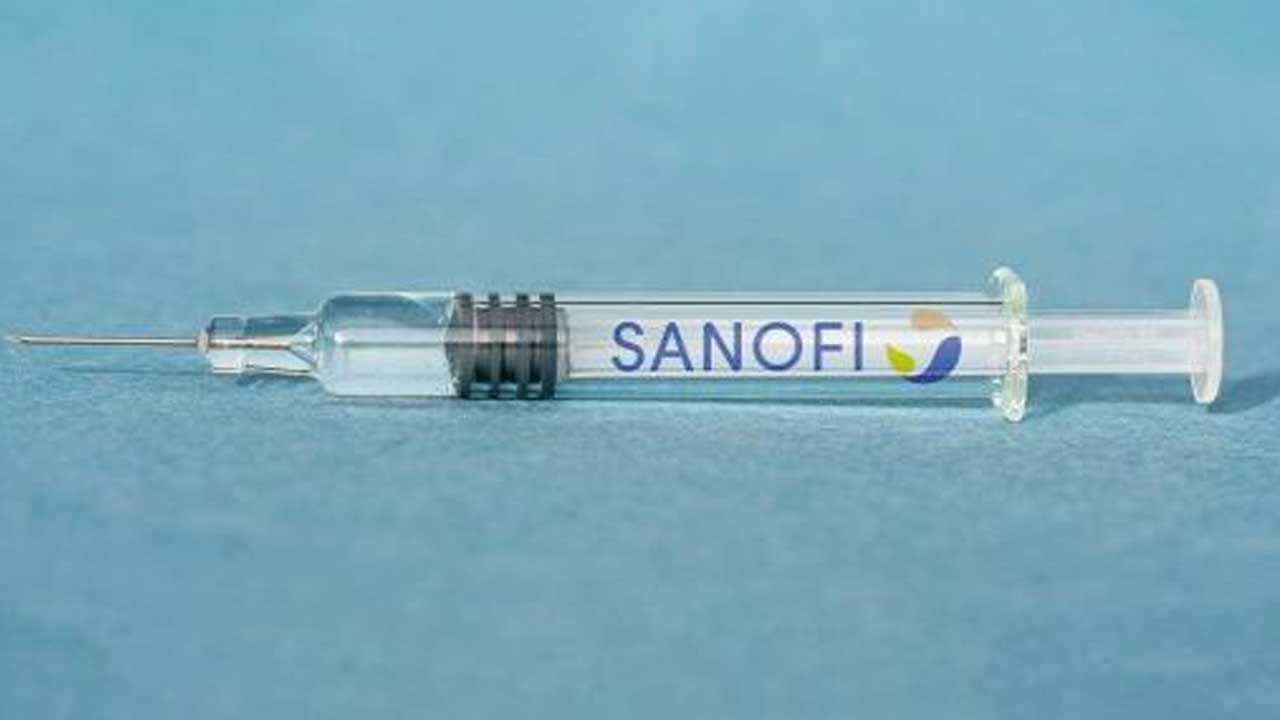
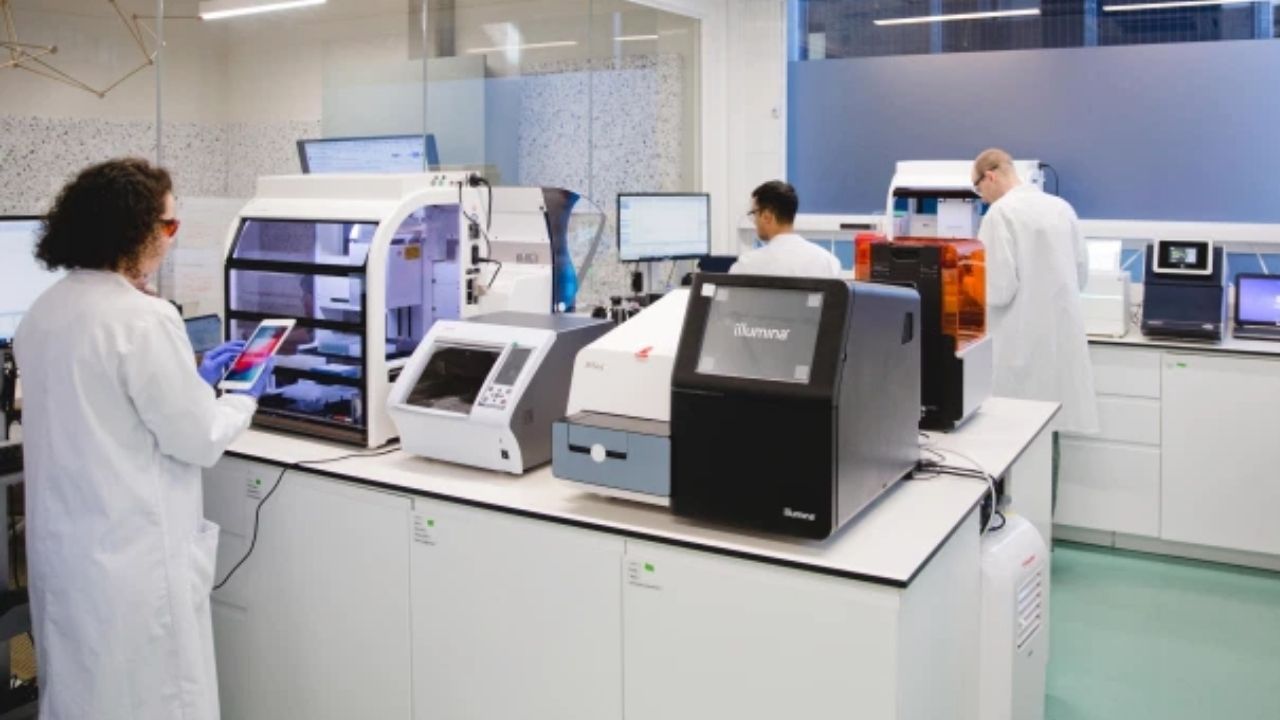

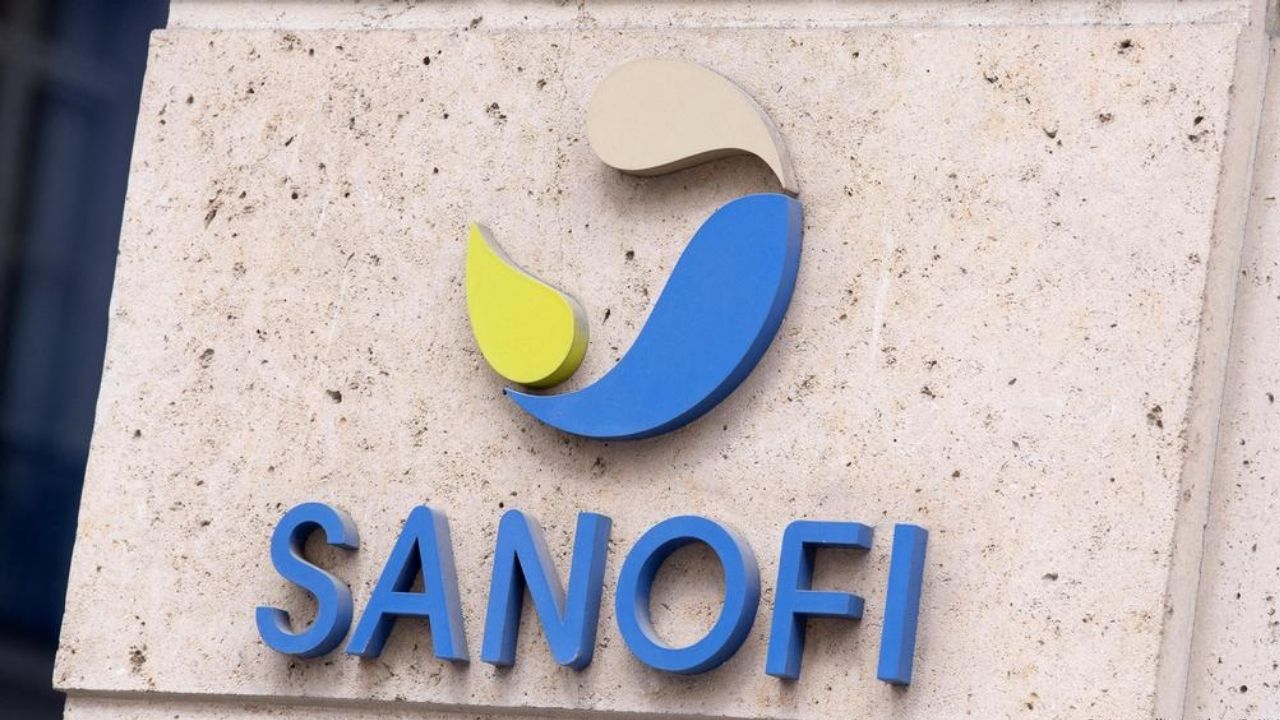
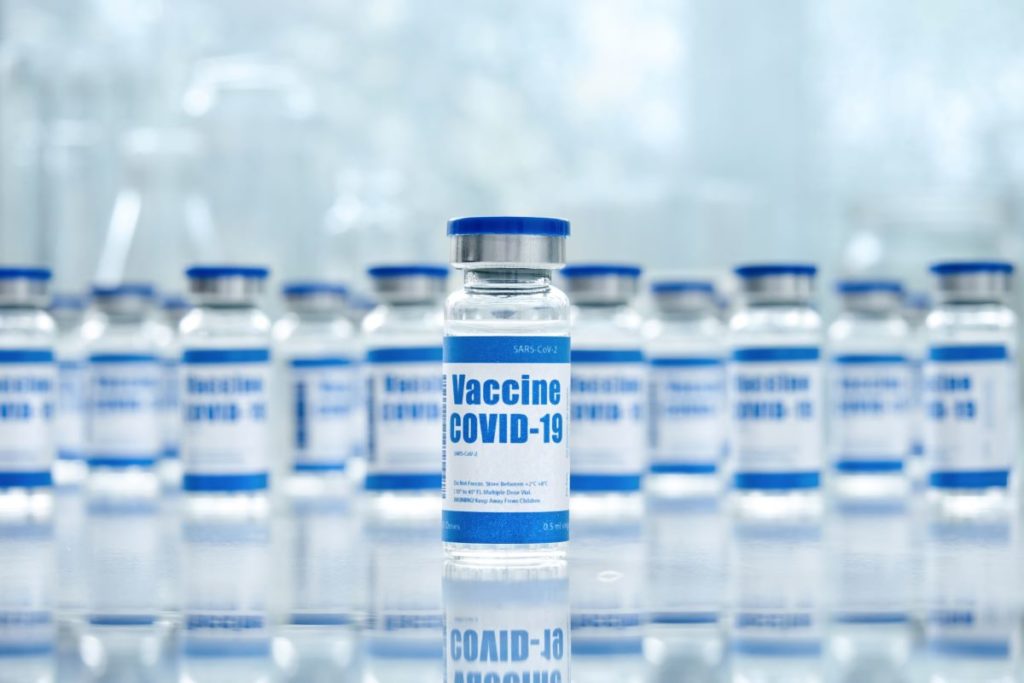


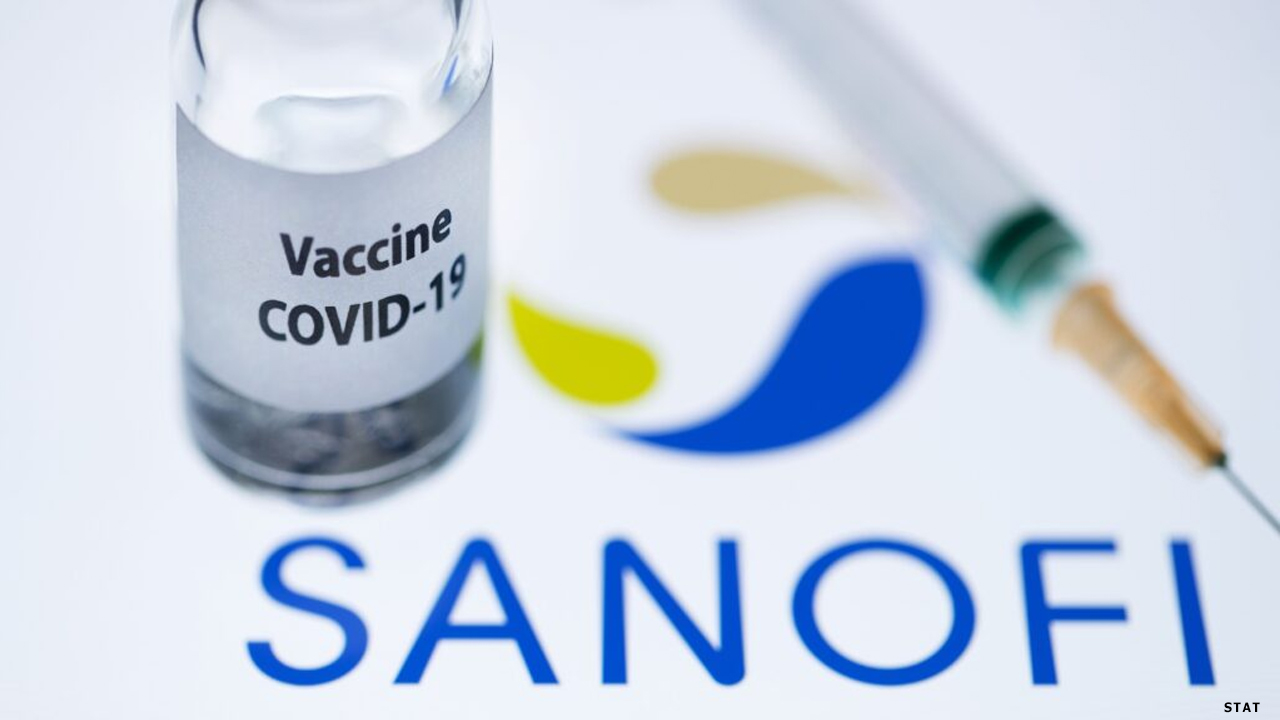





.jpeg)


.jpeg)

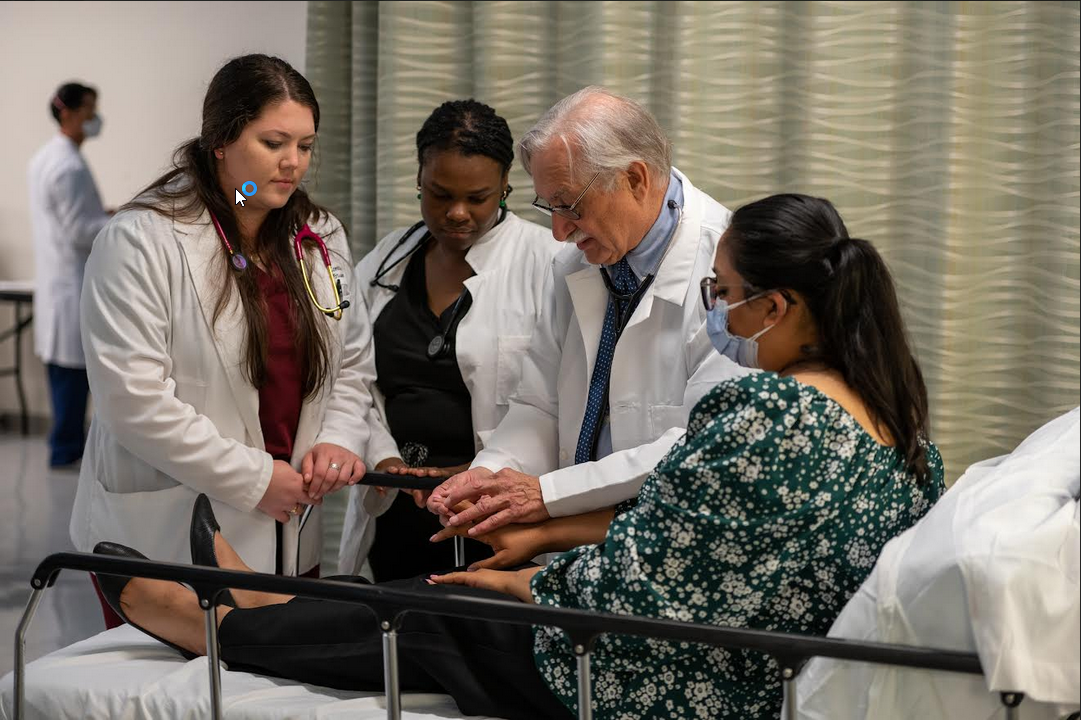

.jpeg)
.jpeg)

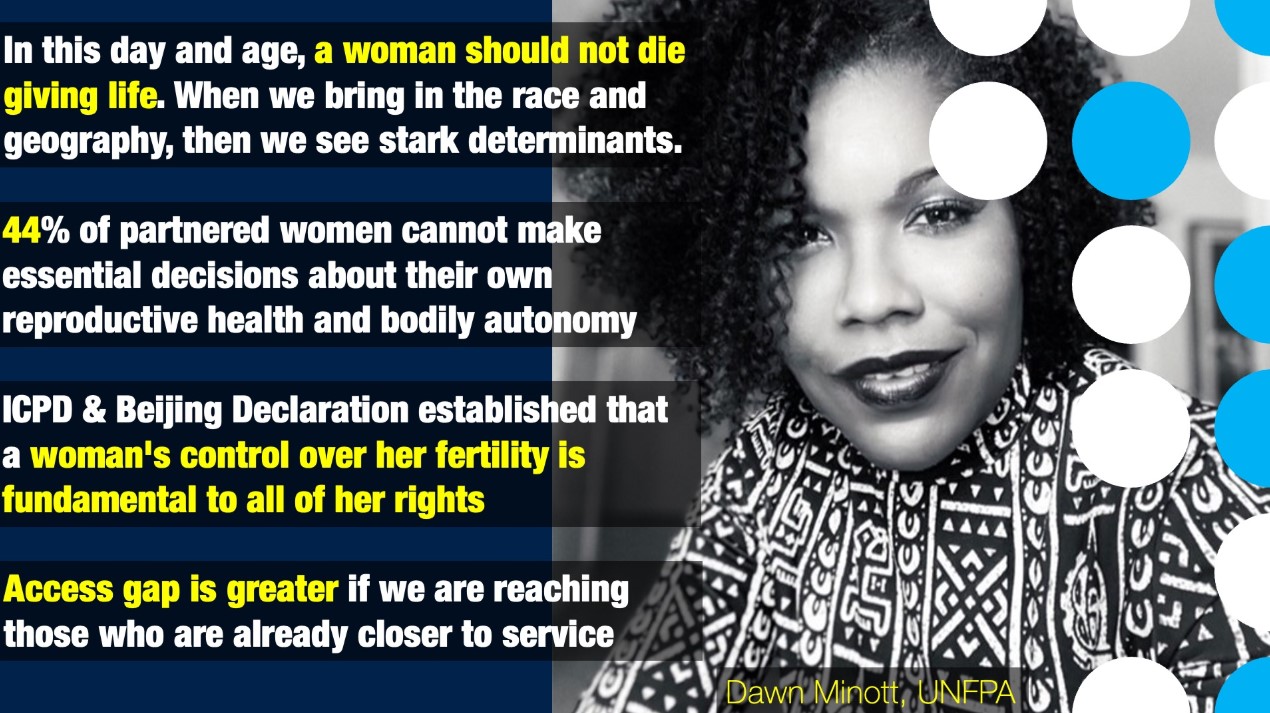




.jpeg)





